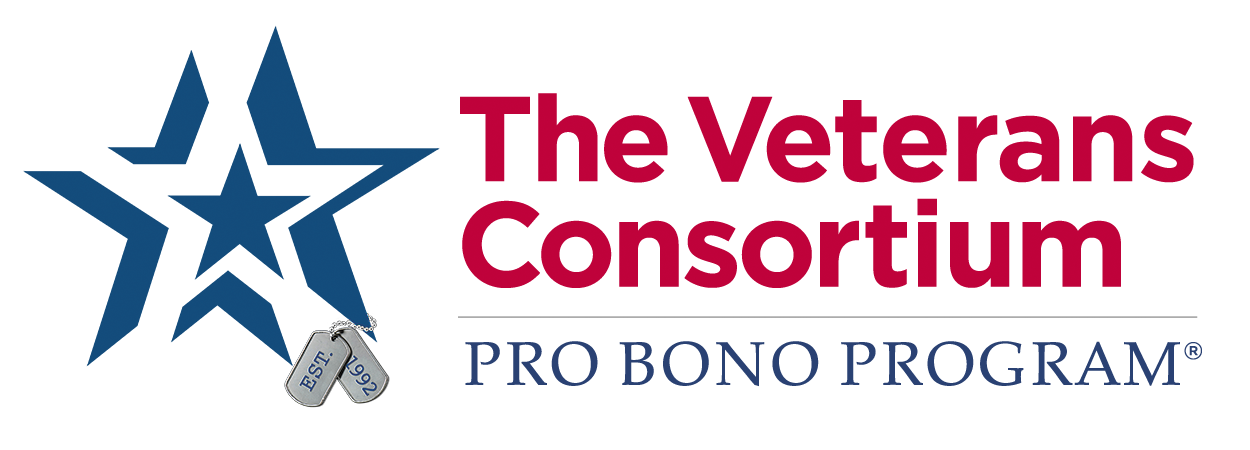Resource Library
Musculoskeletal Injuries in Military Women
The percentage of women and roles these women occupy in the military have greatly expanded in the last 10 years. department of defense data from september 2010 indicate that women comprised 14.5% of our active duty service members and 17.7% of the reserve and national Guard service members. Whether these women are serving during a conflict or not, they are employed in a wide range of military occupations that may put them at risk for injuries. this comprehensive monograph by drs springer and ross addresses the incidence, risk factors, prevention, diagnosis, evaluation, treatment, and rehabilitation of common musculoskeletal overuse and traumatic injuries sustained by women in the military. the authors emphasize that, anatomically and physiologically, women are not the same as men; lower extremity biomechanical differences between men and women may account for gender differences in training injury rates. Women have increased pelvic width, forefoot pronation, heel valgus angulation, pes planus, external tibial torsion, and femoral anteversion. Additionally, because of the estrogen influence, women have less lean body mass and greater ligamentous laxity. the combination of anatomy and physiology appears to predispose women to a higher risk of pelvic stress fracture and anterior cruciate ligament (ACL) tears. the diagnosis of pelvic stress fracture has been reported as 1 in 367 female recruits, compared with 1 in 40,000 male recruits, and rates of ACL ruptures for female athletes range from 2.4 to 9.7 times higher than in male athletes.
This monograph is an excellent reference for lower extremity and back injuries, and contributes significantly to understanding the differences between women and men in the rate and distribution of musculoskeletal overuse and traumatic injuries sustained by our military members. this publication sheds light on the nature of the biomechanical differences between women and men, and how these differences result in notable changes in injury patterns that impact the length of healing time and ultimately impact the readiness of the unit. drs springer and ross have provided us with an excellent tool for addressing the unique challenges healthcare providers face in providing the best possible care—both therapeutic and preventive—to our women military members.
- Organization: Borden Institute
- Date Created: December 13, 2016
- Last Updated: December 13, 2016
- Medical Review

